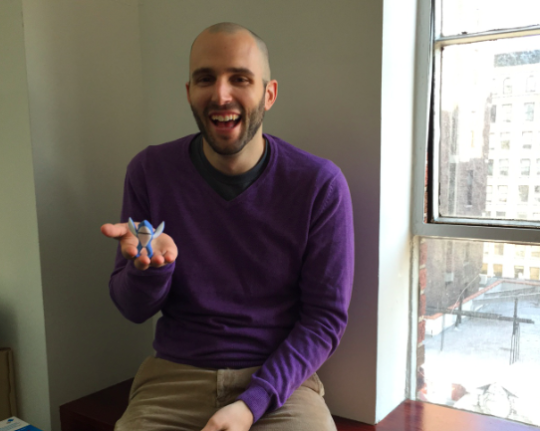This article first appeared in Techdirt on April 28, 2015.
When your car runs out of gas, you can fill it up at any gas station you
like. You never worry if the company that made your car has an
exclusivity deal with one gas station or another, or even if that
company has a preference for one brand of gas. In fact, you would
probably find it some combination of ridiculous, galling, and offensive
if the company that made your car threatened you with a copyright
infringement lawsuit if you didn’t go to their preferred gas station to
fill up.
This dynamic is true for all sorts of things. Once you buy it, it is up
to you to decide how you maintain it and replace what needs replacing.
This is true of gas in a car, water in a bottle, and filters in a vacuum
cleaner. But as software gets introduced into more and more everyday
objects, some companies are trying to stretch copyright law beyond its
limit in order to lock you into buying replacements only from them.
A decade ago, we saw this play out with 2D printers and toner ink. Some
companies that made printers decided that they would prefer that
consumers buy replacement toner (at a substantial markup) only from
them. In order to attempt to lock themselves in as the only place to buy
replacement toner, these companies designed their printers to look for a
special verification chip on new toner cartridges to prove that the new
cartridge came from them. When another company figured out a way around
these chips, the printer manufacturers ran to copyright law to try and
shut them down.
Fortunately, the courts saw through this ruse
and were able to recognize that allowing consumers to choose where they
get replacement toner for their printers has nothing to do with
copyright law. Unfortunately, today some 3D printer manufacturers are
trying this same gambit and hoping for a different outcome.
In a proceeding in front of the Copyright Office, 3D printer manufacturers offer a parade of horribles of what will happen
[pdf] if users are free to choose the materials they use in their
printers. Notably, none of these have anything to do with copyright. The
only connection any of this has with copyright is that the printer
manufacturers use a small line of code to verify if they sold the
refills.
Just as adding a verification chip to a gas tank shouldn’t be used as a
pretext to lock a car owner into a single source of gasoline, adding a
verification chip shouldn’t be used as a pretext to lock a 3D printer
user into a single source of 3D printing material.
3D printing is an emerging engine for innovation, and because of that
this issue would be important even in isolation. However, the battle
being fought over 3D printer material occurs against the backdrop of
other attempts to use copyright as a pretext to limit consumer choice in
all sorts of contexts. Be it accessing data from medical devices
implanted in your body, repairing farm equipment that breaks down in the
field, or unlocking your cell phone, the current proceeding before the
Copyright Office – known as the “1201 triennial” after the part of the
law that created it – is a preview of a future where manufacturers have
the power to lock consumers into whatever they please.
That is what makes the Registrar of Copyrights’ decisions so important
in this proceeding. Not only will the right decision clear the way for
consumer choice. Strongly siding with users and against copyright
creeping into everything sends a strong message that copyright has its
purpose, but that it should not be abused.

